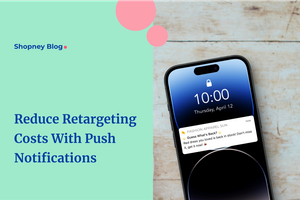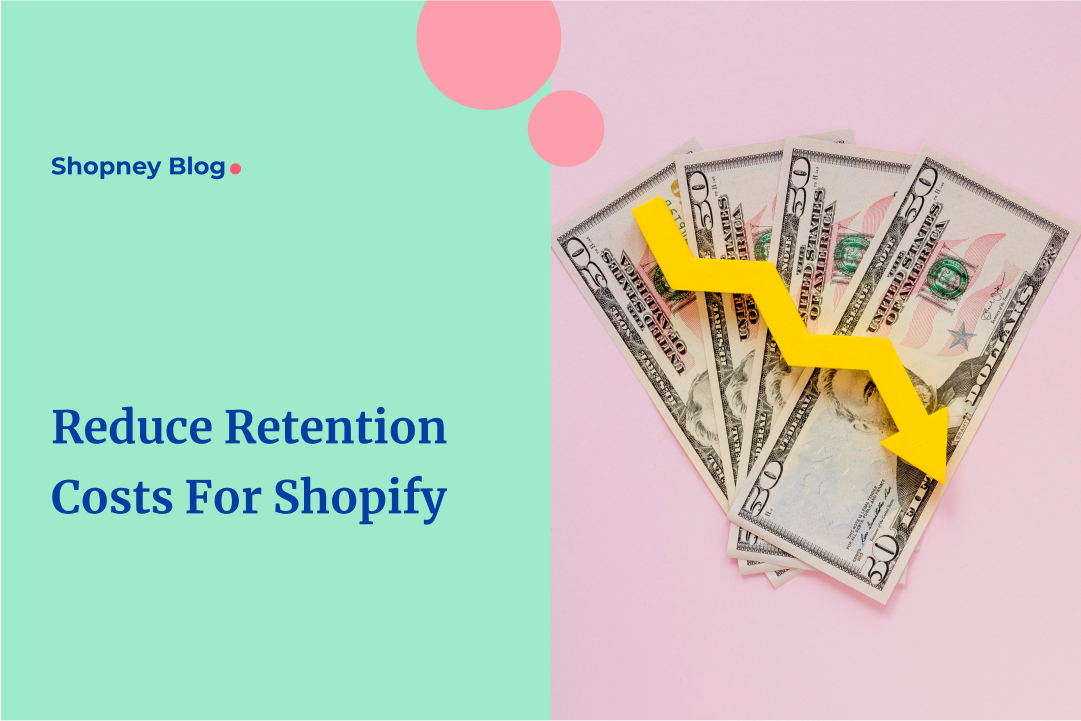
As eCommerce continues to grow, mobile apps are emerging as integral tools for businesses. They offer customers a seamless and engaging shopping experience directly from their smartphones.
With features like push notifications, personalized product suggestions, exclusive deals, and streamlined checkout processes, mobile apps simplify the shopping experience, ensuring customers can quickly discover the items they’re looking for and make purchases hassle-free.
However, retention is a critical challenge in eCommerce today, with customer loyalty becoming increasingly elusive. Studies show that retention rates are lower than ever, with only a fraction of customers returning to make repeat purchases. The average customer retention rate for eCommerce is the lowest at 30%.
This post explores how a mobile app can effectively reduce retention costs and how you can enhance customer loyalty in the competitive eCommerce app world.
What is customer retention cost?
Customer retention cost (CRC) is the expenses incurred by a business to maintain existing customers and encourage them to continue buying its products or services.
These costs include various strategies and efforts aimed at building loyalty and satisfaction among customers, such as:
- App development and maintenance costs
- Product enhancements
- Implementation of loyalty programs
- Personalized marketing campaigns for mobile apps
- Customer support initiatives
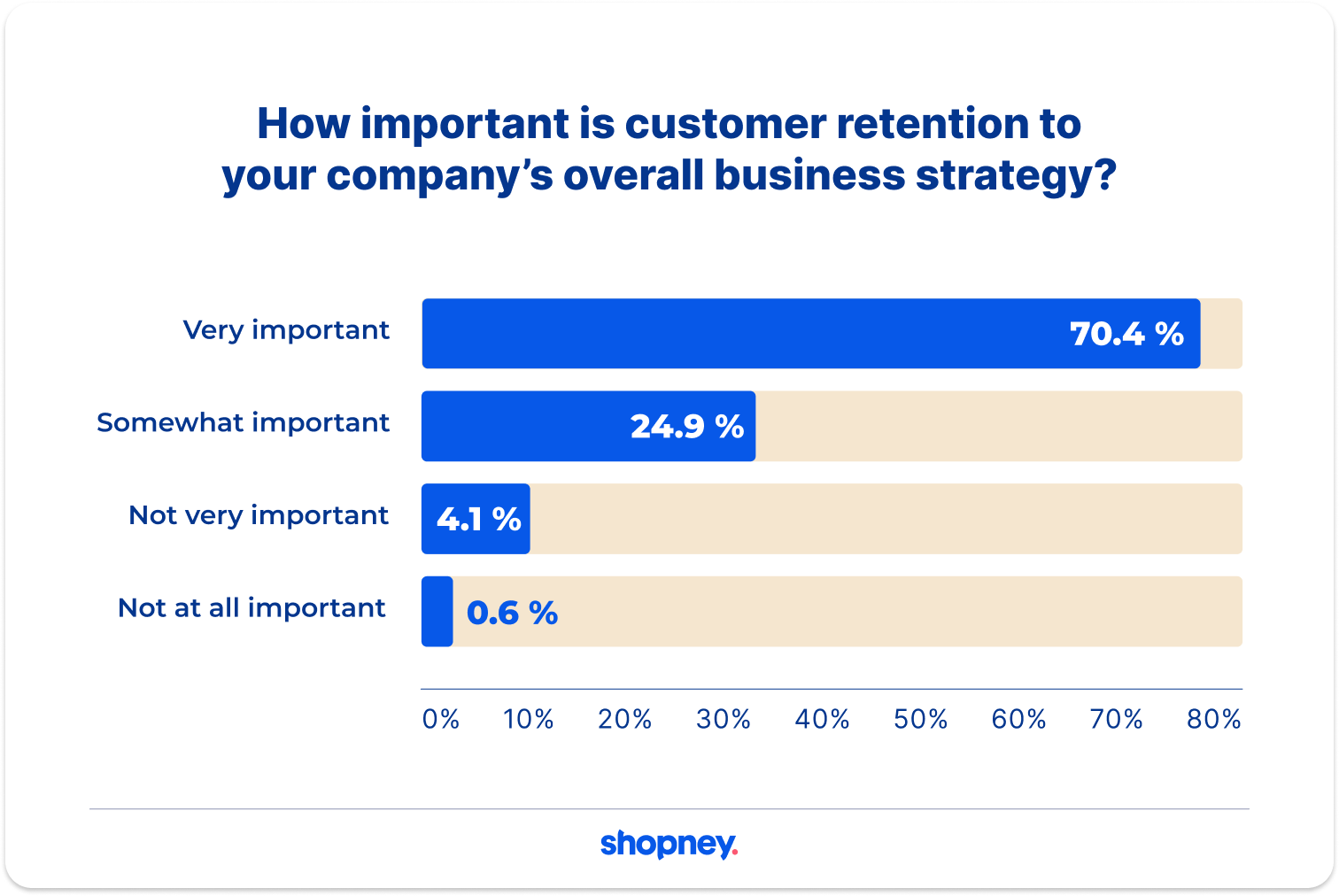
Calculating CRC means examining the amount of money your business has spent on keeping customers happy over a specific time period and comparing it to the amount of money they have brought in during the same period.
How to calculate customer retention cost?
Calculating customer retention cost involves assessing the expenses of retaining customers over a specific period. First, you need to identify the costs directly related to customer retention efforts, which include:
- Income and benefits of different teams involved
- Related tools and software
- Marketing and advertising expenses
- Customer loyalty programs if any
- Training and onboarding sessions
- Customer incentive programs
- Customer feedback collection and analysis
- Customer retention strategies such as discounts, special offers, or personalized communications
All these summed up will give you the total expenses incurred for customer retention efforts within the specified period.
Then, you have to determine the number of customers retained during the period you're calculating the retention cost. This can be done by comparing the number of customers at the beginning and end of the period or using customer retention rate metrics. Then, divide the total retention expenses by the number of retained customers. This will give you the average cost incurred to retain each customer.
Customer Retention Cost = Total Retention Expenses/ Number of Retained Customers
Once you have calculated the customer retention cost per customer, analyze the results to understand the efficiency of your customer retention efforts. Comparing this cost against the CLV will help you assess its profitability. Monitoring customer retention costs over time and adjusting your strategies will help optimize retention efforts and maximize customer lifetime value.

Why is measuring customer retention cost important?
Let’s take a quick look at why we think it is important to map the cost of customer retention:
Better Resource Allocation
Identifying the cost of retaining customers helps businesses allocate resources effectively. By understanding how much they need to invest in retention efforts, companies can allocate budgets accordingly and prioritize initiatives most likely to yield positive returns.
Measure ROI
Analyzing customer retention costs allows businesses to measure the ROI of their retention strategies. You can determine their efficacy by evaluating whether your efforts are paying off. By assessing whether the CRC exceeds the customer’s contribution, you can make the required adjustments in allocating resources to improve performance. CRC analysis also helps identify the most valuable customer segments, helping you understand where to direct your efforts to make them more effective.
Identify Customer Lifetime Value (CLV)
CLV represents the total revenue a customer is expected to generate over the entire duration of their relationship with the company. By comparing retention costs to CLV, businesses can determine if their retention efforts generate good returns that validate the investment. A better understanding of lifetime value can help you develop better retention strategies and identify long-term opportunities with existing customers.
How to reduce customer retention costs?
Businesses can reduce expenses by applying efficient strategies and using technology. Let's explore some effective methods to reduce customer retention costs and enhance overall profitability:
In-app chat
Users can communicate directly with customer support or other users within the app. In-app chat can help resolve issues promptly and engage meaningfully, enhancing the user experience significantly. Customers feel valued when their concerns are addressed quickly, leading to increased satisfaction and higher retention rates. Moreover, quick and meaningful interactions provide a sense of belonging and community and belonging, improving customer loyalty.

Push notifications
Using automated workflows for push notifications allows eCommerce businesses to engage with customers at various touch points along their journey. By sending timely and relevant messages, such as order updates, personalized recommendations, or exclusive offers, businesses can encourage repeat purchases, keeping customers engaged.
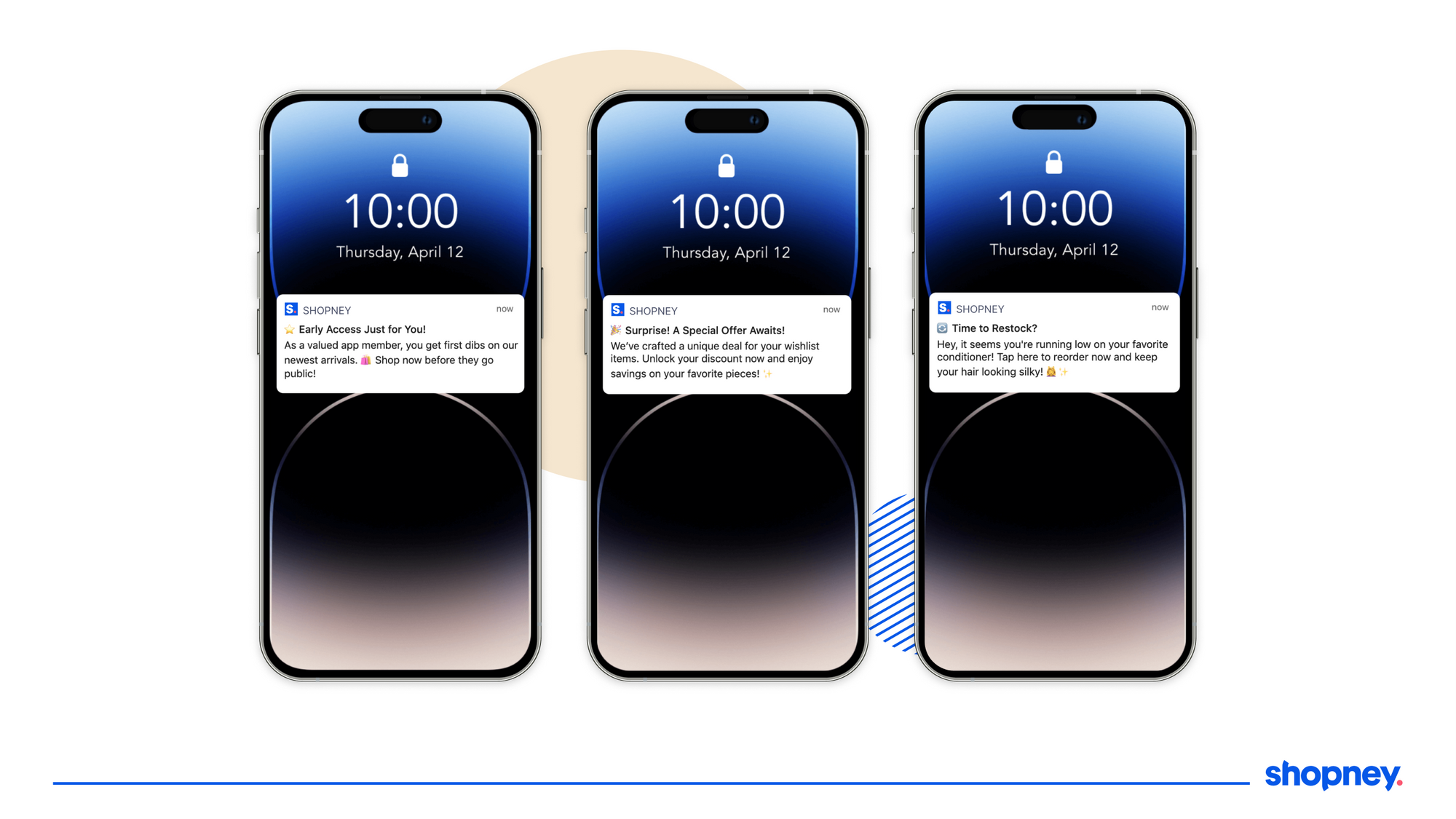
Personalized In-app experiences
Personalizing in-app experiences based on users' preferences, behavior, and past interactions can impact customer retention considerably. Businesses can offer customized product recommendations, content suggestions, or special promotions that resonate with individual customers using data analytics. This level of personalization improves the user experience and increases engagement, leading to higher retention rates.

Loyalty Programs
Offering exclusive discounts, rewards points, or access to VIP perks encourages customers to return and keep shopping with the brand. These programs help retain customers and increase their lifetime value by developing a sense of loyalty and appreciation.
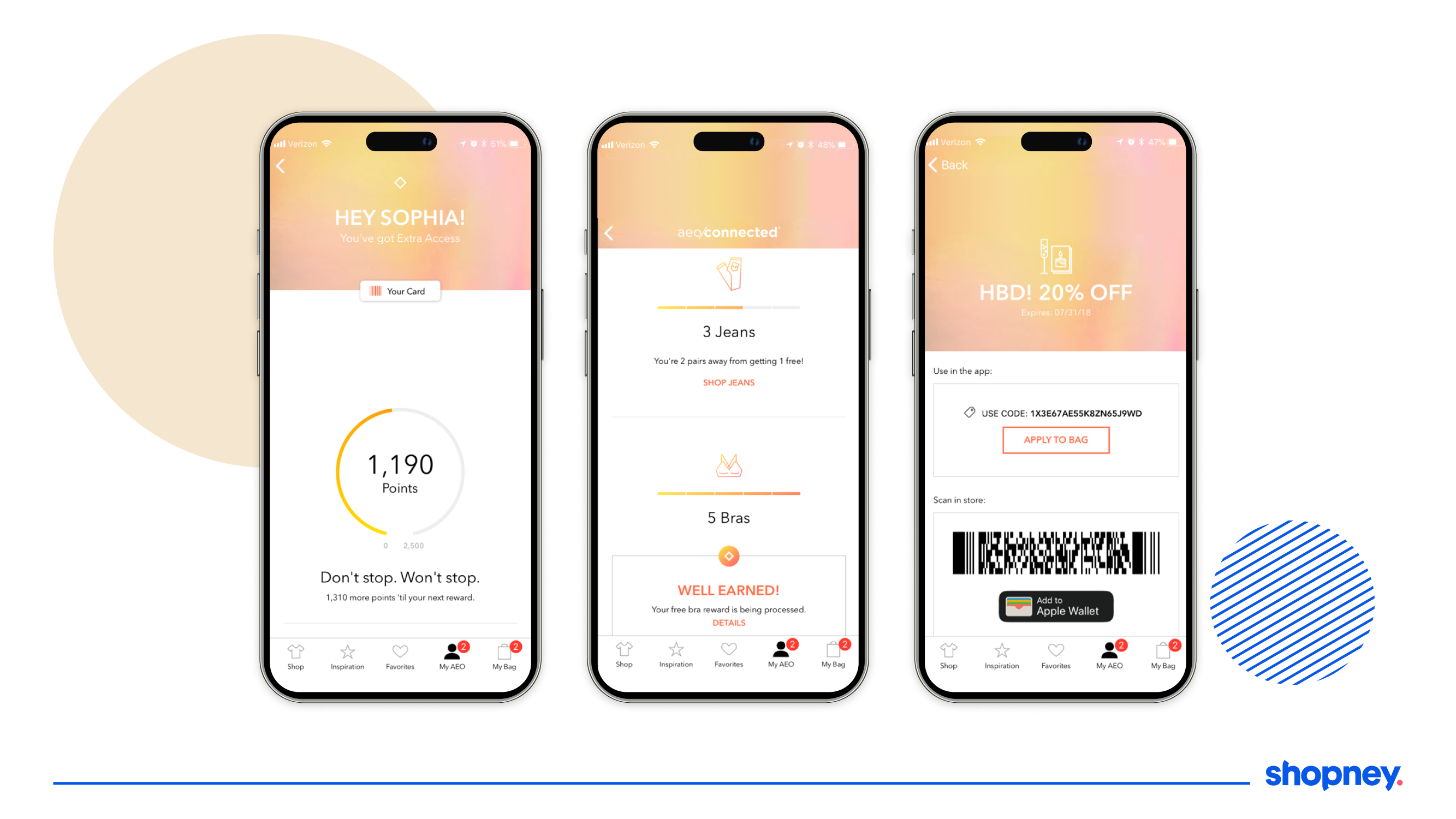
Gamification
Businesses can increase user engagement and retention by gamifying aspects of the shopping journey, such as completing purchases, leaving reviews, or participating in contests. Gamification taps into users' impulses, making them return to the platform for future interactions.

Automate the customer success process
If your business has a large customer base, it may be challenging to provide them with personal service on time and all the time. Using customer interaction technologies, such as chatbots and self-help resources, comes in handy at these times. The bots can tackle basic queries, like password resets or order status requests. They can identify changes in customer behavior or help requests and direct the customer queries to the right people or sectors. Automation can reduce response times, deliver consistent responses, and personalize support across customer segments.
Implement goal-oriented campaigns
Marketers often overlook the opportunity to maximize the potential of newly acquired users. Understand that different users have different objectives when using your online shopping app. Improve campaigns by encouraging sign-ups or registrations and simplifying the first purchase completion process.

Wrapping Up
Mobile apps are becoming increasingly popular for eCommerce businesses. They offer customers interactive and personalized experiences, improving customer engagement and increasing conversion rates. Investing in the development of mobile apps can help your eCommerce business reap great benefits.
However, customer retention takes time and effort to show results, but it is vital to increasing your customers’ lifetime value. Reducing retention costs with a mobile app for eCommerce is vital for continuous success.
Shopney is your key to easy app development and incorporates conversion-focused features like push notifications and in-app chat to boost retention.
Contact us today to learn more about how mobile apps can improve your sales and customer retention!


